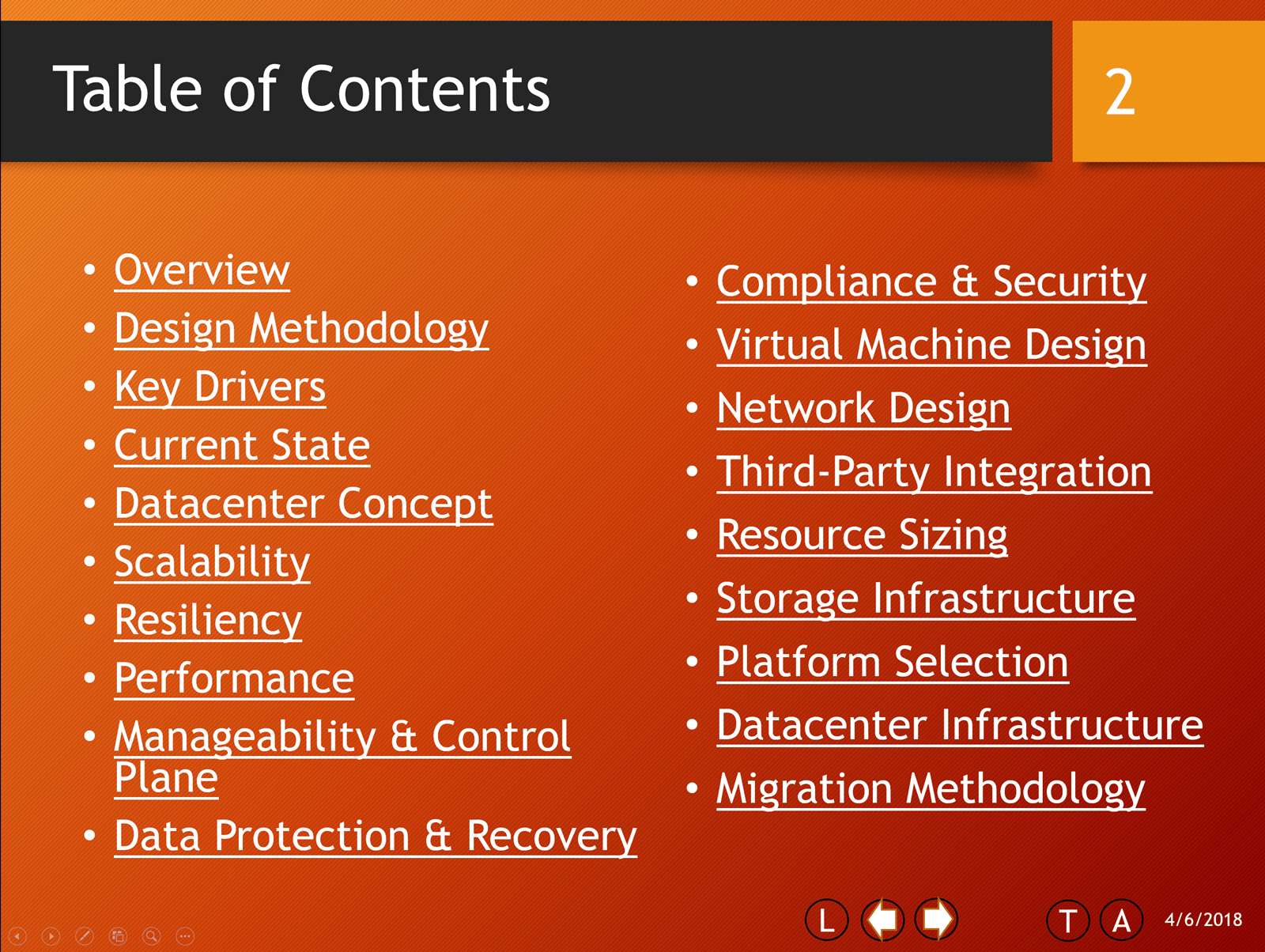NPX Resources
The Journey
Almost four years ago to the month my career took a major turn. I just successfully passed the VMware VCDX datacenter virtualization certification, to become #125 in the world. You can read about my VCP5 to VCDX journey in 180 days here. And the following week I joined this somewhat little known and scrappy startup, called Nutanix.
Back then HCI (Hyperconvered infrastructure) was a new fangled technology that many, many were quite skeptical of. Was it enterprise ready? Was it good for anything more than VDI? Could it run SQL, Oracle, Exchange? Can it compete toe-to-toe with vBlock? Would Nutanix go belly up or be acquired? Betting my career on HCI was risky in 2014, but it's paid off in more ways than I could ever imagine.
Having the VCDX certification under my belt really prepared me well for dual role at Nutanix as both a Solutions Architect in engineering and a consulting Architect in our sales organization. As a solutions architect I wrote a number of published customer facing Nutanix Best Practice Guides, such as SQL, Veeam, Lync, Microsoft DFS, and others. And as a field Consulting Architect I worked with dozens of customers over the years in projects of all sizes and shapes. Both roles helped refine my enterprise IT architecture skills, and hands-on with our own products including AHV (Nutanix's hypervisor).
NPX (Nutanix Platform Expert)
Just about a year into my career at Nutanix in March 2015, Nutanix announced the NPX certification. You can read my blog post about it here. I was honored to be part of the team that helped develop NPX and came up with the criteria for what it means to be NPX. The bar that was set was even higher than other defense based certifications, such as VCDX. Why? You have to know two hypervisors at the "X" level as well as demonstrating enterprise grade IT architect skills. Our MQC (minimally qualified candidate) bar is high, and the first time pass rate is far from 100%.
Now you may wonder why it's now 2018, three years after NPX 'went live' and I am just now defending. Well to be frank, having dual roles in Nutanix for over 3 years left little to zero time in my life to do blogging or spend the hundreds and hundreds of hours it takes to prepare for the NPX. For my VCDX I estimated I spent over 1,000 hours of preparation and 250+ pages of documentation. So I knew NPX would be even harder.
I am a competitive person, and I also like proving to myself that I can be on a similar footing as my colleagues which I have immense respect for. They were getting their NPX's and they kept badgering me to get mine. Plus, I want be the best customer facing consultant that I can be, and I knew doing NPX would take my VCDX skills to an even higher level. I also very recently shifted roles a bit within Nutanix to focus on our largest global accounts. The job description for that role requires NPX-level skills. Immense pressure was building on me to successfully defend NPX.
The NPX Design
In early 2017 I decided to start putting time into my NPX preparation. NPX requires a real-world design that you've done, so I thought there's no better choice than taking my UCS/HP 3PAR VCDX design and migrate it a Nutanix based solution. So I dredged up all my VCDX documentation from 3 years ago, and read it over. I was shocked to remember how complex 3-tier solutions are, and in particular the SAN/RAID/LUN configuration.
Going through my VCDX design I was ripping out page after page of complexity. LUNs? Gone. SAN? Gone. Fibre Channel switches? Gone. Boot-from-SAN? Gone. Cisco service profiles? Gone. You get the idea. And the best part about it? The actual environment that my VCDX was based on, I was actively involved in the account to migrate them to almost entirely Nutanix. So my NPX had a dual purpose of both defending, and transforming a real Nutanix customer from 3-tier to Nutanix simplicity. Win-Win!
NPX Preparation
For anyone starting down the NPX path, the freely available NPX Blueprint is your Bible. It has all the topics you need to cover to properly submit and successfully defend for NPX. To get a copy, email [email protected]. It is absolutely critical that you follow the Blueprint to the letter and cover everything, including all of the required documents. Although all of the documents are important, to me the Architecture Guide is where you will spend the majority of your time. My VCDX Architecture guide was 185 pages, and my NPX version was 134 pages. That's nearly 50 pages less, nearly all due to removing complexity, while covering more topics for the same environment.
After you get all of your documentation in order, next comes submission time. The NPX application is quite detailed and requires things such a resume, 3 professional references, a web-scale essay, plus all of the documents you've spent probably 6-9 months working on. After submission your documentation is scored, and if it scores high enough, you are then invited to an in-person defense. Submission time is roughly 3 weeks prior to the published defense dates.
If accepted, now is time to start working on your PowerPoint slide deck for your defense. You will use this slide deck to walk the panelists through your 90 minute defense, where you will be asked questions about your design, alternatives, and why you did what you did.
Pro Tip: Take all the blueprint topics and create one slide for each topic. Fill each slide with what you think are the top items to cover. Even if you don't verbally cover all bullets on the slide, have the content there so the panelists can ask questions. I had approximately 23 content slides in my presentation, plus a number of indexed backup slides.
I've included my TOC for my NPX deck below. This is not a magical slide...it's all directly from the blueprint. This is just one way to do it...do what feels right to you.

Now that your slide deck is ready, you need to mock mock mock! Don't use a potted plant to talk to...use social media and your contacts to find other NPXs or people working on their NPX. Do a webex, Zoom, etc. Practice practice! Heck, if your design is based on vSphere, hit up VCDXs.
But don't forget to mock the troubleshooting and design scenarios. Those two areas are also key for scoring, and just don't wing it during your defense. Aim for multiple mocks for each of the three areas: defense, troubleshooting, design scenario.
My personal goal was to get through the slide presentation, uninterrupted, in 30 minutes. That leaves 60 minutes for panelists to ask questions. YMMV, but I'd advise not going much longer or you jeopardize your scoring chances.
Dooms (I mean Defense) Day
By now you should be comfortable with your design, mocked each of the three major sections of the defense, and probably didn't sleep too well the night before. But be rested! Also if you are traveling across time zones, try to arrive a couple of days early to help adjust. You don't want to be a jetlag zombie during your defense.
When you step into the defense room, for those that have done your VCDX, everything will look familiar. Three panelists, moderator, whiteboard, and a projector. The moderator will give you the rules of the road, then you start your presentation. Panelists can interrupt at any time during your presentation to ask questions. Questions are not bad! In fact, they are asked to help improve your score and make sure you know your design. After the 90 minutes you get a 15 minute break.
Next up is the 30 minute troubleshooting scenario. You will be shown a few slides, then the timer will start. The panelists are looking for a methodical approach to solving the problem, not a scattershot process of asking random questions or throwing out guesses to the root cause. The goal is not to solve the problem, but show how you would solve it. Curve balls can be thrown if you get close to the 'real' answer. At the end of 30 minutes you get a 5 minute break.
Finally, is the 60 minute design scenario. Just like the VCDX, you are shown slides for a particular fictitious customer. The panelists then act as the customer, and you ask them questions about requirements, constraints, assumptions, and risks. You then start down the design path answering questions as you go. And before you know it, the 60 minutes are up!
Now that you are totally mentally drained, now is the waiting game. Thankfully, you won't have to wait long. My results came in about 90 minutes after I was done. I was on the London underground, which has quite spotty cell service. I got the results via Slack and email, but then cell coverage dropped for a few tube stops. So I couldn't tell anyone I had passed! LOL I did shed a couple tears of joy and a couple of passengers were looking at me oddly.
Final Thoughts
Is the whole process worth it? Yes! Even if you don't successfully defend, just the entire learning process makes you a better enterprise architect. Passing is just icing on the cake. Just like VCDX, the first attempt pass rate is fairly low, so don't be discouraged if you don't do it the first time around. Think of it as a chance to make yourself even better and really kick butt the next time!
I want to give a huge shout out to my NPX partner in crime, Bruno Sousa. We collaborated on the entire design, and split up the documentation work. His insight and knowledge was impeccable.
As a side note, pair/group submissions are allowed, but each contributor will defend individually.
I also want to thank the numerous people that supported mock sessions, document reviews, and pushing to keep my head down and being a success to become NPX #014.






Real pleasure and privilege working and learning from you Derek. I knew from day one that you would make NPX at first attempt, and you didn’t proved me wrong 🙂
You’re an extremely knowledge consultant/architect / Person, and Im sure that your next step is to go into NDR panelist.
Parabéns !! (as we say in Portuguese, meaning congrats)
Once again Congratulation Derek, great achievement.
“Tears of joy” reminds me of time when I got the job offer few months back 🙂